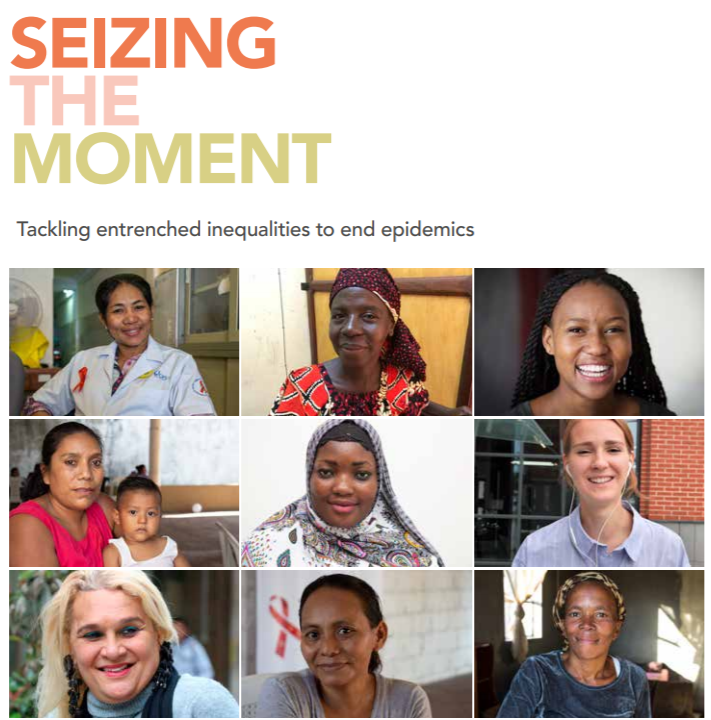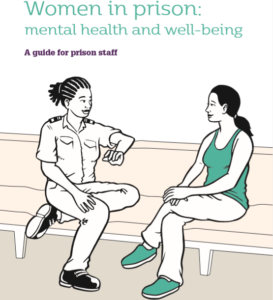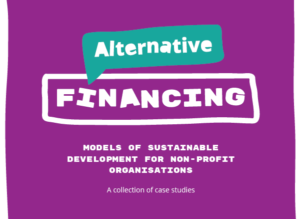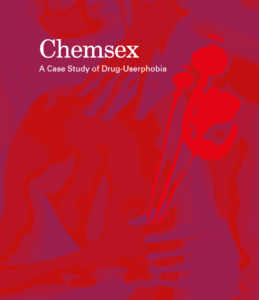 UNAIDS published a report on the global AIDS epidemic which shows that 2020 targets will not be met because of deeply unequal success; COVID-19 risks blowing HIV progress way off course.
UNAIDS published a report on the global AIDS epidemic which shows that 2020 targets will not be met because of deeply unequal success; COVID-19 risks blowing HIV progress way off course.
The report shows remarkable, but highly unequal, progress, notably in expanding access to antiretroviral therapy. Because the achievements have not been shared equally within and between countries, the global HIV targets set for 2020 will not be reached. The report, Seizing the moment, warns that even the gains made could be lost and progress further stalled if we fail to act. It highlights just how urgent it is for countries to double down and act with greater urgency to reach the millions still left behind.
“Every day in the next decade decisive action is needed to get the world back on track to end the AIDS epidemic by 2030,” said Winnie Byanyima, the Executive Director of UNAIDS. “Millions of lives have been saved, particularly the lives of women in Africa. The progress made by many needs to be shared by all communities in all countries. Stigma and discrimination and widespread inequalities are major barriers to ending AIDS. Countries need to listen to the evidence and step up to their human rights responsibilities.”
Fourteen countries have achieved the 90–90–90 HIV treatment targets (90% of people living with HIV know their HIV status, of whom 90% are on antiretroviral treatment and of whom 90% are virally supressed), including Eswatini, which has one of the highest HIV prevalence rates in the world, at 27% in 2019, and which has now surpassed the targets to achieve 95–95–95.
The world is far behind in preventing new HIV infections. Some 1.7 million people were newly infected with the virus, more than three times the global target. There has been progress in eastern and southern Africa, where new HIV infections have reduced by 38% since 2010. This is in stark contrast to eastern Europe and central Asia, which has seen a staggering 72% rise in new HIV infections since 2010. New HIV infections have also risen in the Middle East and North Africa, by 22%, and by 21% in Latin America.
Eastern Europe and central Asia is one of only three regions where the HIV epidemic is growing. In 2019, the incidence:prevalence ratio of 10.1 was higher than in any other region. There is an urgent need to scale up HIV prevention services, especially in the Russian Federation, and there is a large gap between HIV testing and treatment initiation. Just 63% [52–71%] of people living with HIV who know their HIV status in the region are on treatment, leaving only 41% [34–46%] of all people living with HIV in the region virally suppressed.
More information about the EECA region you can find on the page 338.



